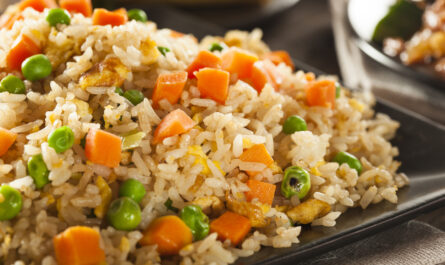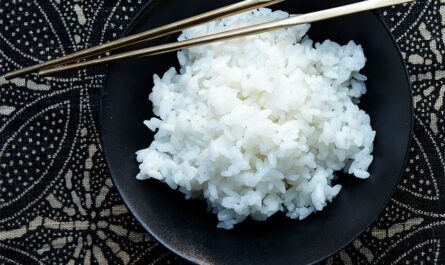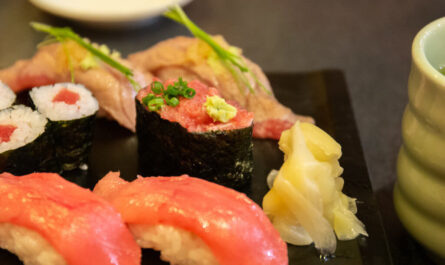For anyone looking to create a wholesome and satisfying dish, understanding how to cook barley in a pressure cooker is essential. Barley, a versatile and nutritious grain, can be a delightful addition to various meals, providing a unique texture and a touch of earthiness. In today’s culinary exploration, we will delve into the art of cooking barley, ensuring you master this culinary skill confidently and efficiently.

Why Choose a Pressure Cooker?
Pressure cookers have revolutionized the way we cook grains such as barley. Traditionally, cooking barley could take over an hour, but with a pressure cooker, you can have perfectly cooked barley in a fraction of the time. The pressure cooker concentrates heat and pressure to speed up the cooking process, making it an indispensable tool in the modern kitchen. Furthermore, using a pressure cooker locks in flavors and nutrients that might otherwise be lost through longer cooking processes, ensuring your barley is delicious and healthy.
Nutritional Benefits of Barley
Barley is much more than just a tasty addition to your meal. It is packed with essential nutrients such as fiber, vitamins, and minerals. Incorporating barley into your diet can aid digestion, lower cholesterol levels, and provide a slow-release energy source, making it perfect for maintaining blood sugar levels. By cooking barley in a pressure cooker, you retain these vital nutrients to support a balanced and healthful diet.
Ingredients Required:
| Ingredient | Quantity |
|---|---|
| Barley (Hulled or Pearled) | 1 cup |
| Water or Broth | 2.5 cups |
| Salt | 1/2 teaspoon |
| Olive Oil (optional) | 1 tablespoon |
Essential Cookware
Ensuring the best results in your barley cooking adventure starts with using the right tools. Here’s what you’ll need:
Step-by-Step Guide to Cooking Barley in a Pressure Cooker
Embarking on this culinary journey requires a detailed approach to achieve top-notch results. Follow these steps to enjoy a bowl of perfectly cooked barley every time:
Step 1: Preparing the Barley
Begin by rinsing the barley under cold water to remove any excess starch and dust. While some chefs skip this step, we recommend it to ensure a clean and smooth texture post-cooking. As you rinse, visualize each grain absorbing the moisture, preparing for a transformation in the heat of the pressure cooker.
Step 2: Setting Up the Pressure Cooker
After your barley is thoroughly rinsed, add it to your pressure cooker. Pour in 2.5 cups of water or broth for a richer flavor boost. This liquid-medium allows the barley to expand and soak in flavors, making each bite a delicious experience. Don’t forget to sprinkle half a teaspoon of salt and a tablespoon of olive oil if you’re aiming for a smoother grain texture.
Step 3: Cooking Process
Seal the pressure cooker, ensuring that all devices or settings are aligned as per the manufacturer’s instructions. Set the cooker to high pressure and let it cook for around 20 minutes if you’re using pearled barley, or 25 minutes for hulled barley. This brief cooking time remarkably preserves the grains’ chewiness, a texture perfect for hearty and comforting recipes.
Recommended Barley Recipes
Barley isnt just suited for soups or stews; its versatility makes it ideal for salads, breakfast bowls, or even as a substitute for rice. Here are some delightful recipes where your freshly cooked barley will shine:
- Barley and Vegetable Soup
- Warm Barley Salad with Roasted Peppers
- Creamy Barley Breakfast with Berries
- Mushroom and Barley Risotto
Visit Serious Eats for more inspiring pressure cooker recipes that will surely elevate your kitchen game!

Cleaning and Maintaining Your Cookware
After the culinary magic, proper maintenance ensures your equipment remains in pristine condition for many dinners to come. Consider using a cookware cleaner to keep your pressure cooker spotless.
Additionally, don’t forget about your cutting board oil to maintain the longevity and performance of your cutting boards.
For more on maintaining your kitchen tools, explore our detailed articles such as prep a cast iron and dry aged ribeye cast iron.
This article contains affiliate links. We may earn a commission at no extra cost to you.




